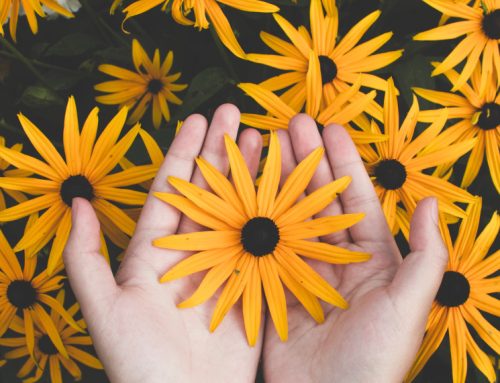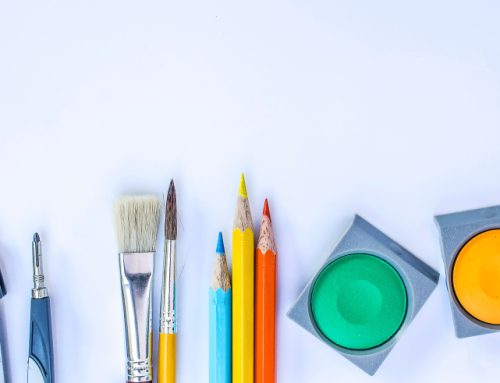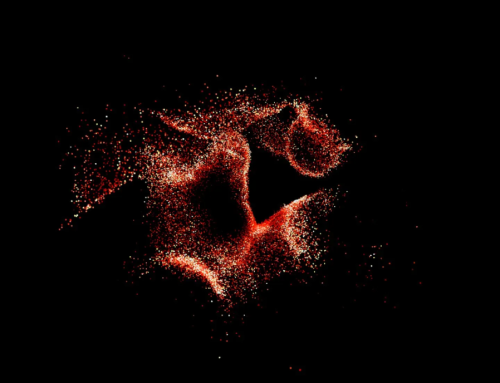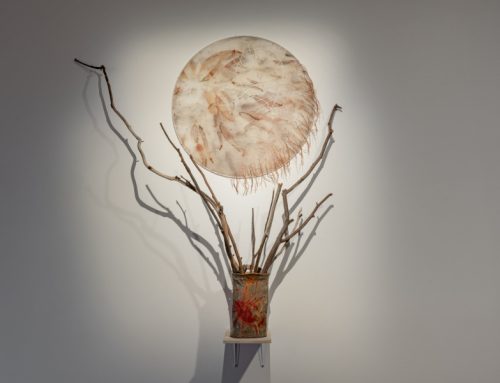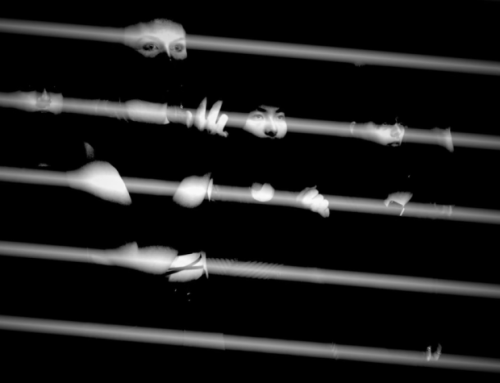My name is DCI Myfanwy Tilly, and for a detective, I had a rather unusual but immensely rewarding experience last week. I have been investigating the disappearance of Elaine Paton, a writer and performer, who has gone missing. At the last minute I had to stand in for Elaine, who was meant to be speaking at The Making Effect II about her recent theatre show Through The Cracks. Now I have been asked to write up a report!
 This event was a gathering together of like minded academics (lots of Doctors in the house) researchers and artists, all of whom are involved or interested in the benefits of social engagement, through participation of arts activities for the well being and health of us all.
This event was a gathering together of like minded academics (lots of Doctors in the house) researchers and artists, all of whom are involved or interested in the benefits of social engagement, through participation of arts activities for the well being and health of us all.
Linden Wilkinson
led an experiential exercise, which involved looking at kids’ faces in old school photographs. We chose a face we identified with and then talked about our choices in small groups. Then, alone, we wrote what we as adults would say to our particular kid. The finale was being in our own “school photograph”, as the kid, projected for us all to witness. Personally, this was a bit of a shock. But through the exercise, we had been given a way of using our own experiences to create characters. Through action (or attraction), through reflection, we transformed into someone we once were, someone we “knew”.
 Abdul Abdullah
Abdul Abdullah
presented and talked about his practice as ‘primarily concerned with the experience of the ‘other’. His projects have ‘engaged with different marginalized minority groups. He sees himself as an artist working in the peripheries of a peripheral city, in a peripheral country, orbiting a world on the brink.
Abdul was a hard act to follow but I did my best to brief the audience on how I had been carrying out the Missing Person investigation as to how
ElainePaton
appeared to have fallen Through The Cracks. The main focus of my enquiry, are the contents of Elaine’s life long diaries and photographic evidence of her younger days as an actress. I read out a few extracts, dealing with her experiences of mental distress, homelessness and identity crisis, with Gail Kennings projections of melting images, visually expressing the inner realm of the narrative.


Barbara Doran
handed out small, flat pieces of bees wax, produced from her own bees. We were invited to mold the wax into different shapes and write a wish for someone on small pieces of paper. The wishes were then wrapped up in the wax and bound together with black twine making little parcels. Barbara is giving them to graduating high school students on Sydney’s Light Rail. How wonderful to think of all those wishes sending those youngsters on their way. Her book, ‘Creative Reboot. Catalysing Creative Intelligence’ contains a brilliant tool kit of creative activities, for any age.
A vibrant discussion ensued. The main theme emerging from these three presentations was IDENTITY. Particularly, the way we are perceived from outside and the reality of what we are experiencing. As Abdul phrases it “the disjuncture between perception/projection of identity and the reality of lived experience.’ Art practices can peel back the layers of social perception to reveal and express people’s reality. An important step for anyone who is mentally or physically struggling to heal and ‘transform’ the obstacles that hinder them.
“It was a profoundly moving event, unlike any other I have attended. It was during the yarning session that I realised the event’s impact. People really need a forum to discuss their relationship with the arts and mental health. It was cathartic, yettender. The feeling of space, peace, connection and healing that came through that room was remarkable.” Paulina, participant.
The Making Effect II certainly showed how ‘Art making as a process for thinking about and ‘doing’ transformation’ works.
Report by Elaine Paton. Images by Diane Macdonald.

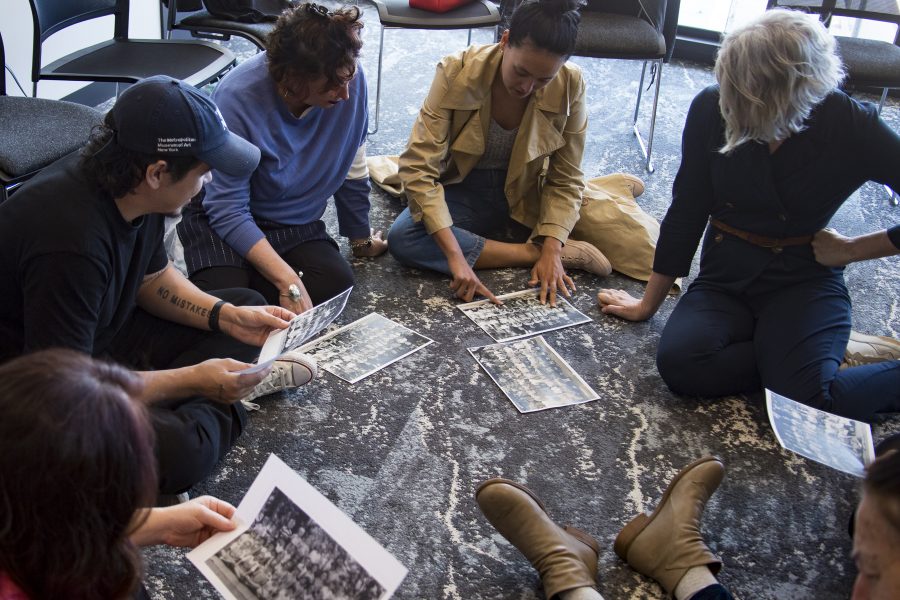
 Abdul Abdullah
Abdul Abdullah